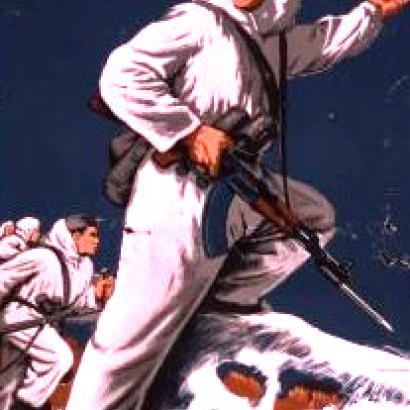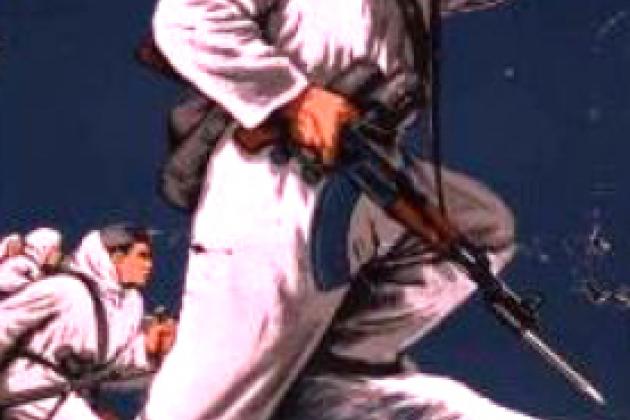
As Russian forces mass on the borders of Ukraine waiting for the go-ahead from President Vladimir Putin to invade, an examination of the Russian Army’s history in winter warfare is in order. From Napoleon Bonaparte’s invasion of Russia in 1812 through World War II, the Russian/Red Army has engaged in numerous battles and campaigns in the often-deadly Russian winter. For the most part, Russian forces have performed well in winter weather, making it somewhat of a home-field advantage for them. The rare exceptions to this record occurred in the final year of World War I, when the disintegrating post-revolution Russian Army was no match for the Imperial German Army, and in the 1939-1940 Russo-Finish War, when well-trained Finish ski troops shocked the unprepared and poorly trained Red Army, destroying several of its divisions early in the fighting. Given that Putin has chosen to spark a crisis in the middle of winter, we can expect Russian forces to be prepared for operations in a cold, snowy environment.
In an effort to force Tsar Alexander I to back his Continental blockade of British goods, Napoleon raised more than half a million troops from multiple nations to invade Russia in the summer of 1812. The Grande Armée crossed the Niemen River into Russia on June 24 and marched towards Moscow. The Russian Army, under Commander in Chief Mikhail Kutuzov, backpedaled, trading space for time as Napoleon’s forces suffered attrition from disease and hunger. The Russian Army fought one major engagement, the Battle of Borodino, on September 7, narrowly losing to the Grande. The Grande Armée occupied Moscow a week later, only to suffer further when the Russians employed scorched earth tactics to set fire to the city. After five weeks Napoleon, denied a negotiated peace settlement, ordered the army to withdraw. The retreat from Moscow was horrific. The Grande Armée, which was not clothed for cold weather, suffered tens of thousands of casualties from exhaustion, hunger, hypothermia, disease, and guerrilla warfare. It began to snow in early November, and by the time what was left of the Grande Armée reached the Nieman River on December 14, there were only 120,000 men left.
A similar fate befell German forces that attacked the Soviet Union in 1941. After a blitzkrieg campaign that brought German forces to the gates of the Kremlin by early December 1941, the Russian winter kicked into high gear, with extreme cold temperatures causing more than 130,000 cases of frostbite among German troops, who were still equipped in summer clothing. Mobile units were frozen in place by the sub-zero temperatures, which turned lightweight oil and lubricants into solids. The Red Army, reinforced by eighteen Siberian divisions trained and equipped for winter weather, counterattacked. The resulting Battle of Moscow forced the Wehrmacht back upwards of 250 kilometers, the first serious reversal for German ground forces in World War II. The remainder of the war witnessed the Red Army using winter weather to launch major offensives against the German Army in the East. The Battle of Stalingrad, which ended with the surrender of the German Sixth Army on February 2, 1943, was a major turning point in the war. The winter of 1943-1944 also saw the Red Army make major gains, while in the winter of 1945 the Red Army advanced from the Vistula to the Oder River, bringing its forces within striking distance of Berlin.
History records that the Russian Army has excelled at winter warfare. Of course, in Ukraine it will be facing an adversary with a similar historical record. Nevertheless, one should not expect the weather to be a serious impediment to Russian operations, should Putin decide to gamble on a throw of the iron dice.















